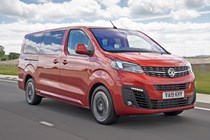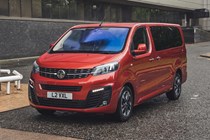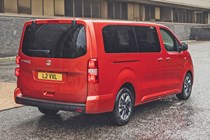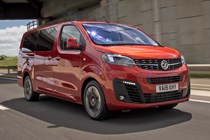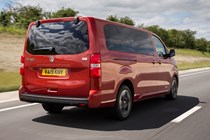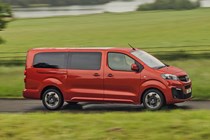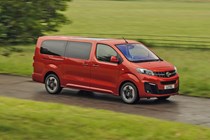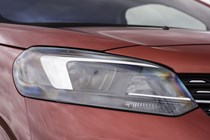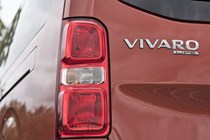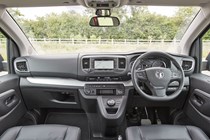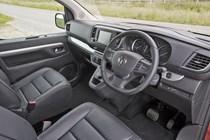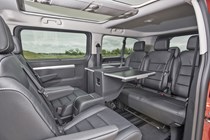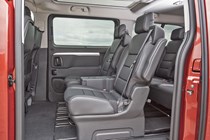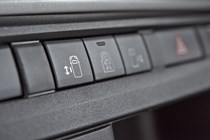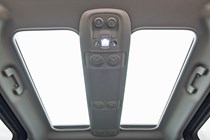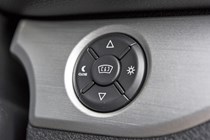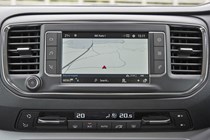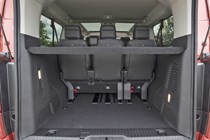
Vauxhall Vivaro Life MPV (2019-2022) engines, drive and performance

- Three diesel engines to choose from
- Manual and automatic transmissions
- Expect no more than adequate performance
As we cover the fully electric Vivaro-e Life separately, this review solely covers the internal combustion-engined range.
All three of the more conventionally propelled Vivaro Lifes have turbocharged diesel engines that send power to the front wheels.
Kicking the range off is the 1.5 Turbo D, producing 120hp at 3500rpm and 300Nm of torque at 1750rpm, which should be good for low-speed acceleration. Still, that’s a lot of car to haul around, which goes a long way to explain the 100mph top speed and 14.3-second 0-60mph time (Vauxhall, unusual among car manufacturers, doesn’t quote 0-62mph times).
Sole transmission choice with the 1.5 is the six-speed manual, a gearbox we have found to be a little rubbery and imprecise to use smoothly in other vehicles fitted with it.
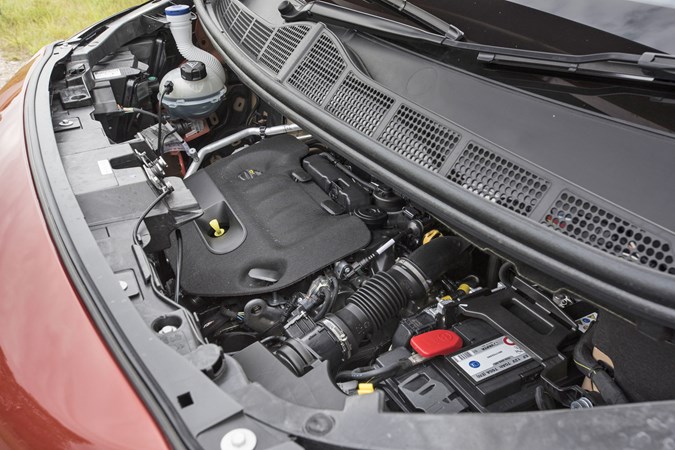
More appealing is the first of the 2.0 Turbo D choices. With 150hp at 3500rpm and a greater 370Nm slew of pulling power from 2000rpm, performance is better, making overtakes and junction getaways less nerve-jangling.
Again the six-speed manual is standard, meaning your left arm will get plenty of use as you accelerate from 0-60mph in 12 seconds and on to a slightly higher top speed of 105mph.
Our pick is the 180hp version of the 2.0 Turbo D that produces 400Nm of torque at identical revs to the 150hp model.
Here a much smoother eight-speed automatic gearbox is fitted, controlled by a rotary dial on the dash with a manual override via steering column paddles. Top speed is again 105mph, but the 0-60mph dash is cut to a more respectable 10.4 seconds.
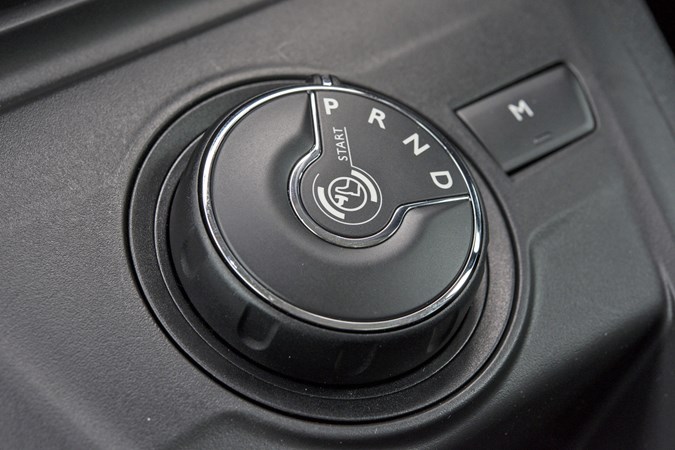
While that modicum of extra performance makes the most powerful Vivaro Life easier to live with day-to-day, it’s not a perfect solution. Under hard acceleration, the engine can sound coarse, plus in this installation it’s noisier than you will experience in something like a Citroen C5 Aircross or DS 7 Crossback.
What the automatic gearbox delivers in smoothness, it detracts in hesitancy, the telltale dashboard display frequently displaying that it’s going up and down its ratios at higher speeds to compensate for hills and overtakes to a greater degree than feels necessary.
How does the Vivaro Life handle?
- Neat and tidy, but not remotely fun
- Controls feel light, but little engagement
- Effects of electronic safety kit can be felt
Let’s face facts – van-based cars such as the Vauxhall Vivaro Life aren’t supposed to offer the last word in handling dynamics, so look away now if that’s your primary purchasing factor.
Remember, even though it doesn’t deliver as well as it ought to, comfort is the main focus here, but that’s not to say that its predominantly benign handling traits aren’t worthy of note.
Providing the road surface is relatively smooth and you don’t approach tight bends with gung-ho degrees of pace, the Vivaro proves to be drama-free, going as and where you point it with little complaint – or communication through the steering wheel for that matter.
Like most heavy front-wheel drive cars, if you carry too much speed into a corner it will push on in a straight line, but you have to generally be driving inappropriately for this to happen.
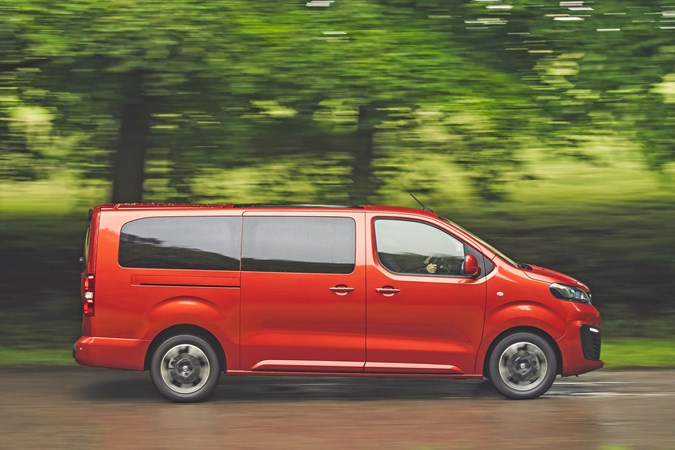
As mentioned earlier, where the asphalt is undulating – especially combined with some cornering – the Vauxhall’s equilibrium is disturbed as it can soon become wallowy as it shimmies around bends. Here, more than any other time, you’re conscious of the electronic safety systems kicking in, braking individual wheels in order to gather things back together.
Drive the Vivaro Life sedately and there’s little to complain about its handling the vast majority of the time.
Overall, the steering and pedals are light to control, largely making you forget how large the Vivaro is, especially in its longest form, but also reducing fatigue on longer journeys.


